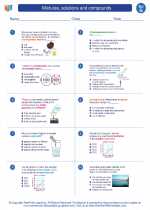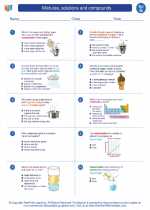Paleogene
The Paleogene is a geologic period that occurred between 66 and 23 million years ago. It is part of the larger Cenozoic era, which spans from about 66 million years ago to the present. The Paleogene is further divided into three epochs: the Paleocene, Eocene, and Oligocene.
Paleocene Epoch
The Paleocene epoch lasted from about 66 to 56 million years ago. During this time, the Earth was recovering from the mass extinction event that wiped out the dinosaurs. Mammals began to diversify and fill ecological niches left vacant by the extinction of the dinosaurs.
Eocene Epoch
The Eocene epoch followed the Paleocene, spanning from 56 to 33.9 million years ago. This period was marked by a dramatic rise in global temperatures, leading to a significant diversification of mammals, birds, and marine life. The earliest primates and modern mammal groups emerged during this time.
Oligocene Epoch
The Oligocene epoch extended from 33.9 to 23 million years ago. It was a time of gradual cooling and the spread of grasslands. Many modern mammal groups continued to evolve, and the first apes appeared near the end of this epoch.
Study Guide
- Describe the major events and characteristics of the Paleocene epoch.
- Explain the impact of climate change during the Eocene epoch on the diversification of life.
- Discuss the environmental changes and evolutionary developments during the Oligocene epoch.
- Compare and contrast the three epochs of the Paleogene in terms of climate, life forms, and major geological events.





